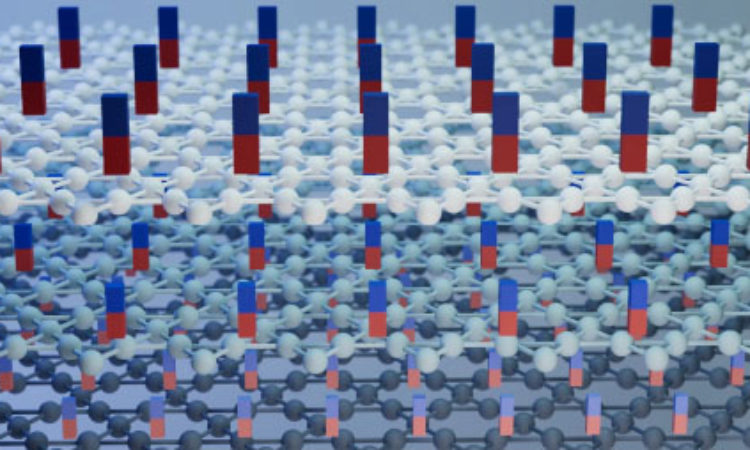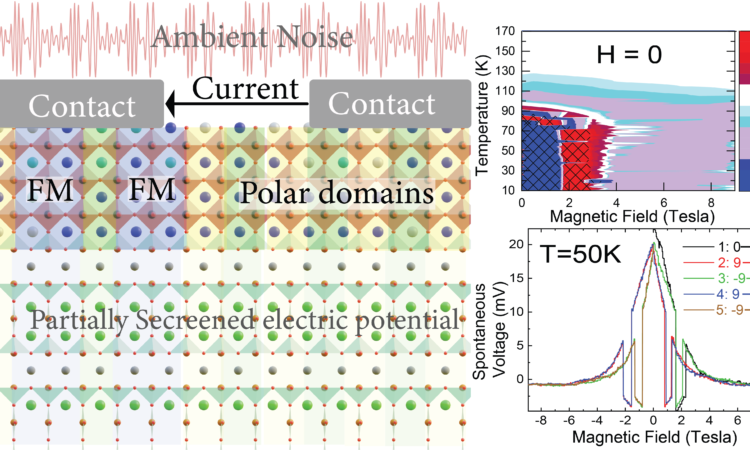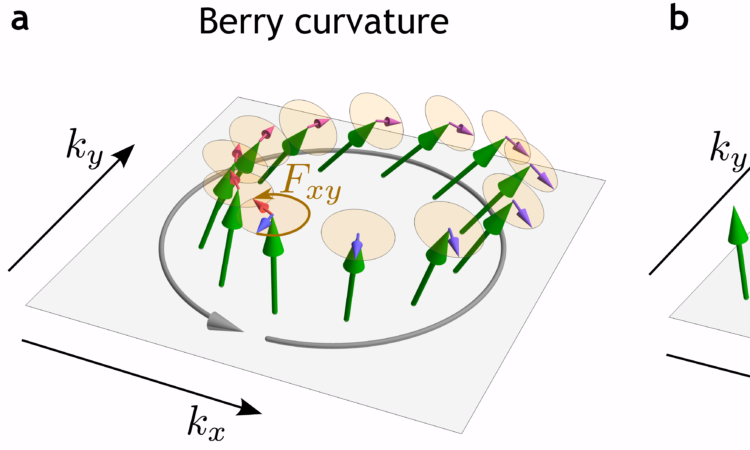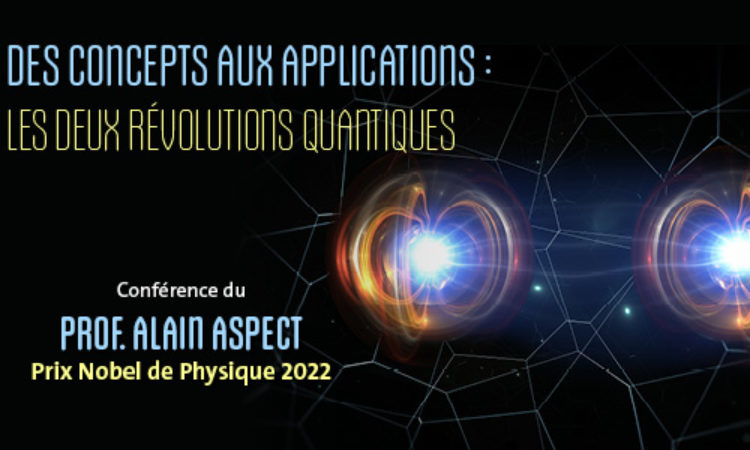Graphene multiplies the power of light
Could graphene turn light to electricity? Scientists have shown that graphene can convert a single photon into multiple electrons, showing much promise for future photovoltaic devices.
Graphene is a material that has gathered tremendous popularity in recent years, due to its extraordinary strength and light weight. It can be generated by literally peeling it off from graphite, or by growing it on top of various materials, which makes its production cost-effective. Studies have hinted that graphene can also be used as a photovoltaic material, turning light into electricity. Using a cutting-edge spectroscopic method, scientists at EPFL and collaborators have demonstrated that by absorbing a single photon, graphene can generate multiple electrons that have enough energy to drive an electrical current. The work is published in Nano Letters.
Graphene is fascinating in terms of fundamental physics, because it is better at conducting electricity at room temperature than e.g. copper, which makes it ideal for ultra-fast circuits. In addition, graphene has been shown to conduct electricity after absorbing light, which means that it could also be used in photovoltaic devices. But until now, graphene’s potential for efficient light-to-electricity conversion was not well understood.
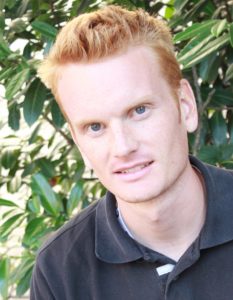
This is a challenging task as this conversion takes place on a femto-second scale (10-15 sec; a quadrillionth of a second), too fast for conventional techniques to detect electron movement. To overcome this obstacle, Jens Christian Johannsen from Marco Grioni’s lab at EPFL, with colleagues at Aarhus University and ELETTRA in Italy, employed a sophisticated technique called “ultrafast time- and angle-resolved photoemission spectroscopy” (trARPES). The experiments were carried out at the world-renowned Rutherford Appleton Laboratory in Oxford.
Read the article in Nano Letters

